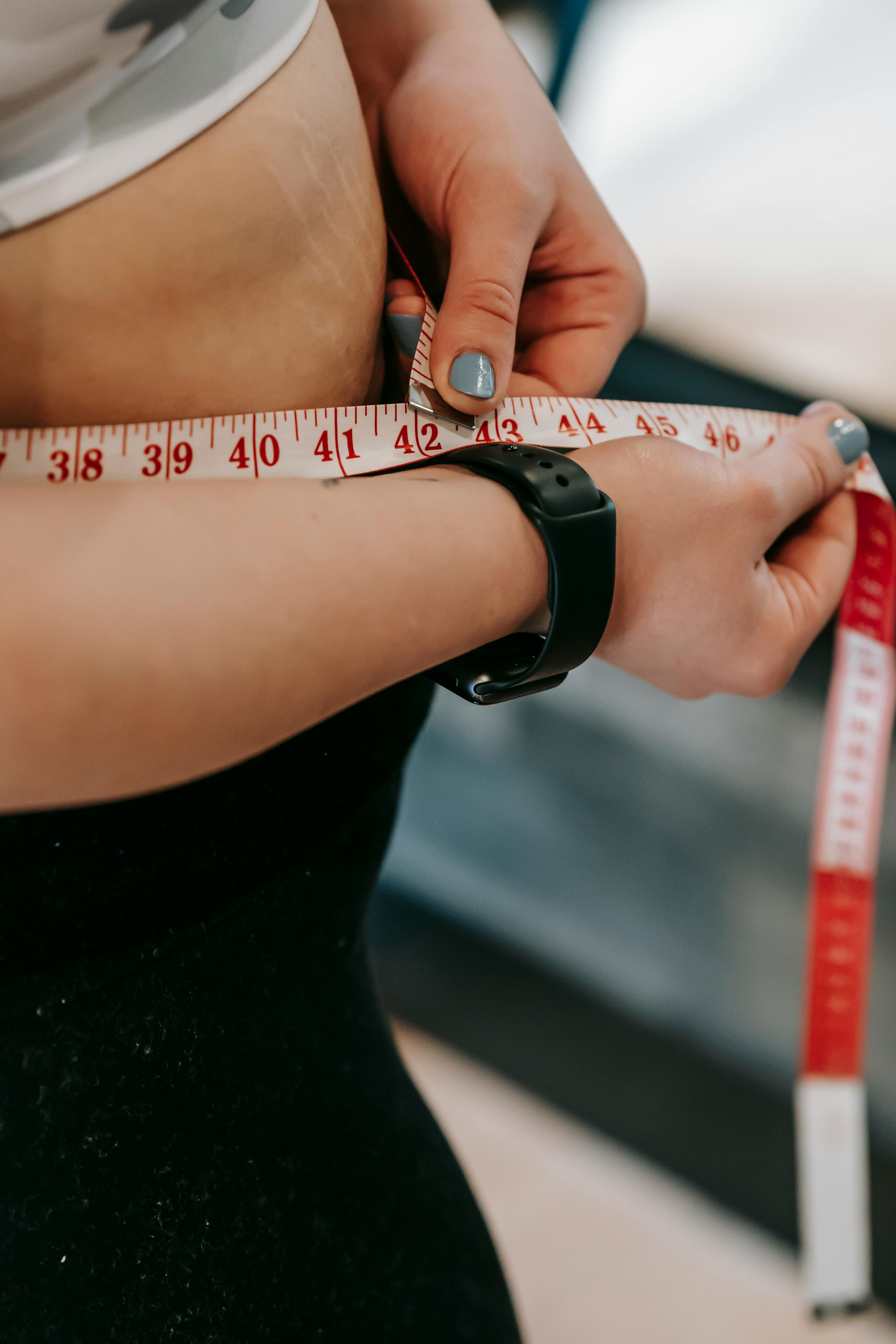Fat Loss vs Weight Loss: Key Differences
Understanding the difference between weight loss and body fat loss is crucial for anyone interested in improving their health and body composition. Weight loss refers to a reduction in overall body weight, which can include muscle, water, and fat. In contrast, body fat loss specifically targets reducing excess fat, ultimately leading to a leaner and healthier physique.

Understanding the difference between weight loss and body fat loss is crucial for anyone interested in improving their health and body composition. Weight loss refers to a reduction in overall body weight, which can include muscle, water, and fat. In contrast, body fat loss specifically targets reducing excess fat, ultimately leading to a leaner and healthier physique.
This distinction is important because not all weight loss is beneficial; losing muscle or water weight can be detrimental to health. Focusing on body fat loss, on the other hand, helps in maintaining muscle mass and ensuring that the weight lost is from fat stores. This approach supports better metabolic health and can result in a more toned appearance.
For those pursuing a fitness goal, it's essential to prioritize fat loss over simply reducing the number on the scale. This targeted approach not only improves physical fitness but also contributes to long-term health benefits. Understanding this fundamental difference can help individuals set more effective and sustainable goals for their wellness journey.
Understanding Weight Loss and Body Fat Loss
Weight loss and body fat loss are often confused, but they are not the same. Key differences lie in what is being lost—overall body weight versus specifically fat. This section explores these concepts, how to measure progress, and the health implications.
The Concepts of Weight Loss and Fat Loss
Weight loss refers to a reduction in total body mass, including fat, muscle, water, and other components. It is typically measured by changes in the numbers on a scale. This can be misleading as the scale does not differentiate between the types of weight lost.
Fat loss, on the other hand, specifically targets the reduction of body fat percentage. Fat loss often maintains muscle mass, which is important for metabolic health. Tools like a body fat scale or skinfold calipers help measure this more accurately, focusing on health improvements rather than just reduced numbers on a scale.
Measuring Progress: Scale, Body Fat Percentage, and More
Using a traditional scale only provides a snapshot of total weight, which can fluctuate daily due to factors like water retention. More nuanced methods are beneficial for accurate tracking.
Body fat scales measure bioelectrical impedance to estimate body composition. Skinfold calipers and tape measures can assess body fat percentage and waist circumference, respectively. These offer more insight than just tracking body weight, helping to understand reductions in fat mass versus muscle loss.
Body Mass Index (BMI) is another popular measure, though it fails to distinguish between muscle and fat, making it less ideal for understanding body fat changes.
Impact on Health: Body Weight, Obesity, and Chronic Diseases
Weight loss and fat loss have different impacts on health. Losing weight by reducing fat helps prevent obesity, which is linked to various chronic diseases such as heart disease, diabetes, and hypertension.
Reducing body fat directly benefits metabolic health and reduces risk factors for these conditions. Maintaining lean muscle mass during fat loss is also crucial as muscle tissue burns more calories at rest, aiding long-term weight management.
Efforts to lose weight by fad diets or extreme calorie restriction often result in muscle loss, which can negatively impact body mass index and overall health. Sustainable approaches that focus on fat loss are generally more beneficial.
Strategies for Effective Fat Loss and Muscle Preservation
Effective fat loss requires a multifaceted approach that combines proper nutritional choices, targeted exercise routines, and lifestyle adjustments. Maintaining muscle mass while losing fat is key to improving overall health and metabolic function.
Nutritional Choices for Optimal Body Composition
Incorporating a balanced diet with a focus on protein intake can significantly aid in preserving muscle mass during fat loss. Lean proteins, such as chicken, fish, and beans, help meet daily requirements. A diet rich in fruits, vegetables, and whole grains supports nutrient intake without excessive calories.
Limiting processed foods and sugary beverages is crucial. These contribute to unnecessary calorie consumption that can hinder fat loss. Nutritional strategies should ensure a proper caloric deficit without sacrificing essential nutrients.
Exercise and Training Comparisons: Cardio versus Strength Training
Combining cardio and strength training yields the best results for fat loss and muscle preservation. Cardiovascular exercises, such as running and cycling, enhance fat burning. However, strength training or resistance exercise is vital for maintaining and building lean body mass.
Studies show that incorporating both types of exercise can maximize caloric expenditure and improve body composition. A personal trainer can help tailor a regimen that balances muscle-strengthening activities with cardio to optimize results.
Role of Lifestyle: Sleep, Stress, and Hormones
Adequate sleep and managing stress are critical. Poor sleep and high stress levels can disrupt hormones like cortisol, which can negatively impact fat loss and muscle retention. Prioritizing 7-9 hours of sleep per night supports hormonal balance and recovery.
Stress management techniques, such as meditation and yoga, may mitigate adverse effects on metabolism and muscle mass. Maintaining a positive mental health outlook and balanced lifestyle supports overall metabolic health, facilitating more effective fat loss and muscle preservation.
Want more posts like this?Sign up for our FREE newsletter →